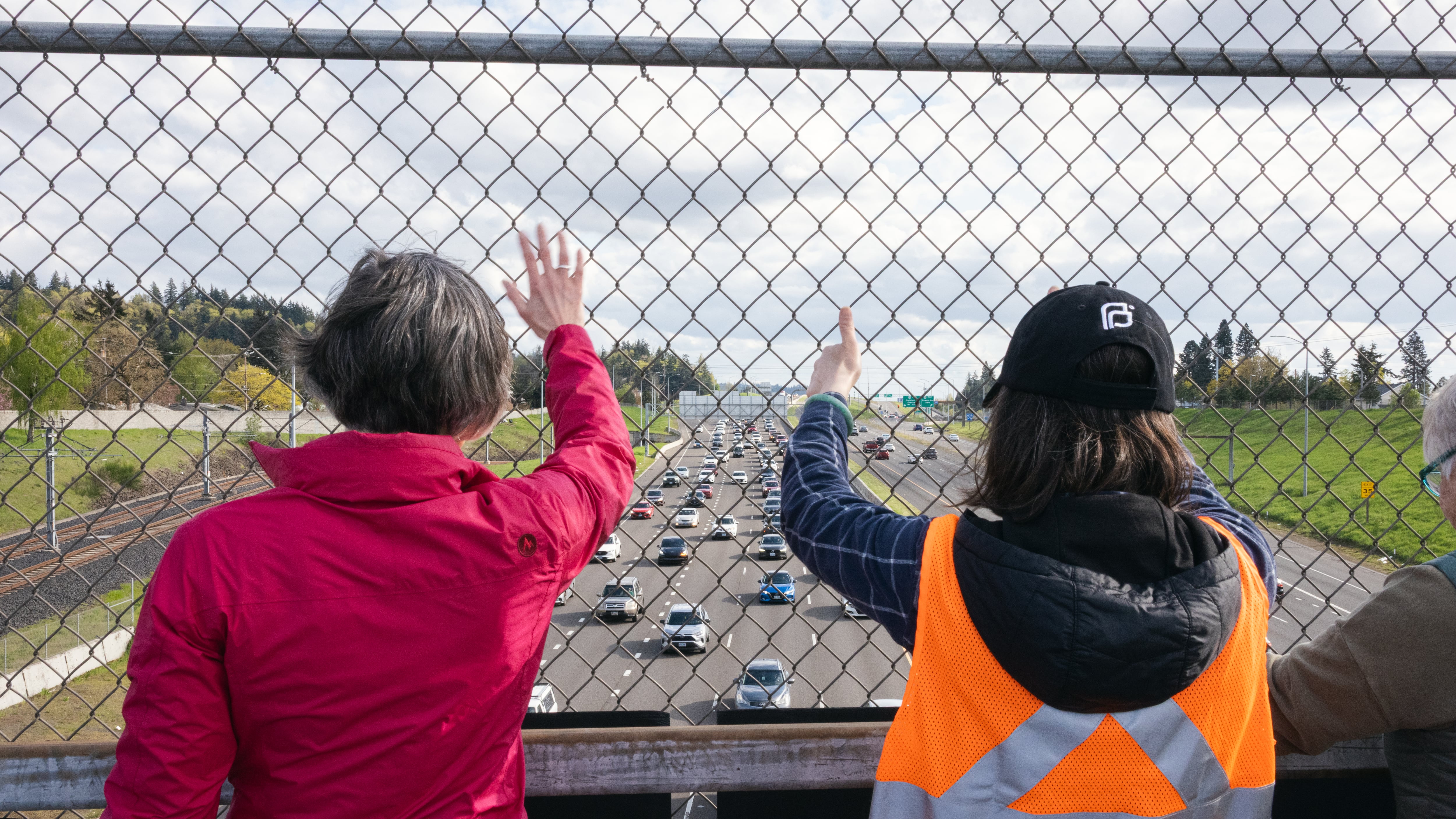In the Portland area, we have I-5, I-205 and I-405. What happened to I-305? —Truckin’
Seeing this question, regular readers of this column are probably bracing themselves for yet another retelling of the Mount Hood Freeway saga, starring Bob Straub and Robert Moses, with an awkwardly acknowledged appearance by Neil Goldschmidt. Luckily for you, Truckin’, my next rehash of this well-worn slab of history will have to wait for another day: The mystery of I-305 contains neither grassroots triumphs nor shadowy conspiracies. It’s all down to the little-known set of rules we use to assign numbers to our interstate highways.
The most famous of these rules (“most famous” in the sense that Sioux Falls is the “most glamorous” city in South Dakota) assigns odd numbers to north-south routes (like I-5) and even numbers to east-west routes (like I-84). I’ve actually met a few normal people who have heard of this convention, which was carried over from the older U.S. Highway System. (Local examples of the latter include US 26, US 30 and US 99).
But for real highway nerds, that’s only the beginning. One- or two-digit numbers ending in 5 or 0 are reserved for “major” routes, usually meaning border to border (I-5 again) or sea to shining sea (I-90). The other two-digit numbers go to shorter routes, like I-84. Route numbers go up as you move west to east (I-5 out west, I-15 through the Rockies, I-55 along the Mississippi, I-95 down the East Coast). The same rule also applies as you go south to north: I-10 hugs the southern border, I-84 runs through Oregon, I-90 traverses Washington, Montana and Minnesota.
What does all this have to do with the missing I-305? I’m glad you asked! Freeways bearing one- and two-digit numbers (see above) are standalone, “primary” routes. Three-digit numbers, however, are used only for “auxiliary” routes adjoining primary freeways. The last two digits of the number identify the primary route in question (no prizes for guessing which route I-205 and I-405 complement).
However, the first digit also has meaning: Even numbers denote a loop or bypass; odd numbers signify a spur that doesn’t rejoin the primary. Maybe it’s a shortcut to another highway, maybe it just spits you out downtown—the possibilities are endless! Either way, we don’t have any such routes at the moment, and—barring the second coming of Robert Moses—we’re unlikely to get one anytime soon.
Questions? Send them to dr.know@wweek.com.

